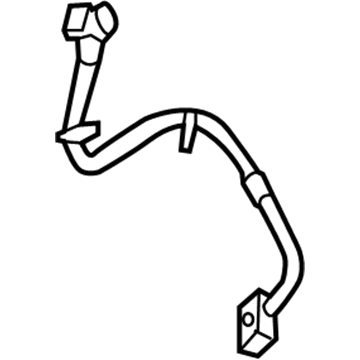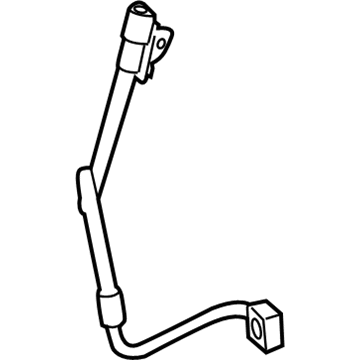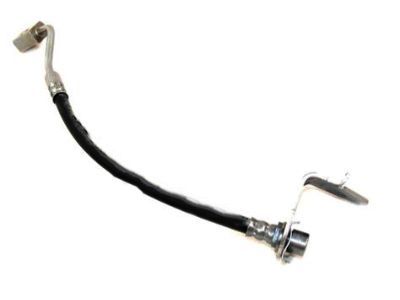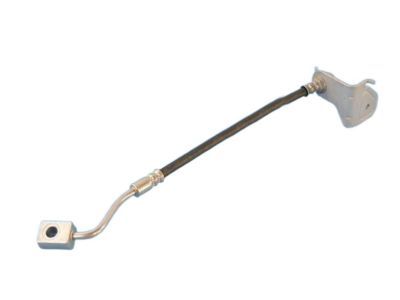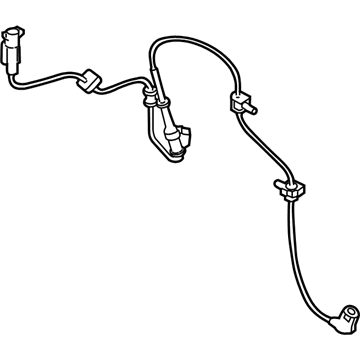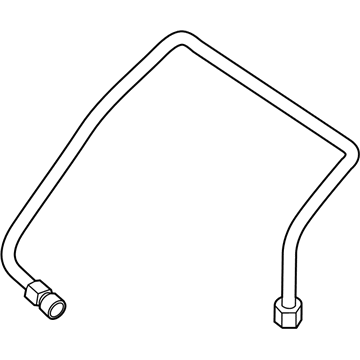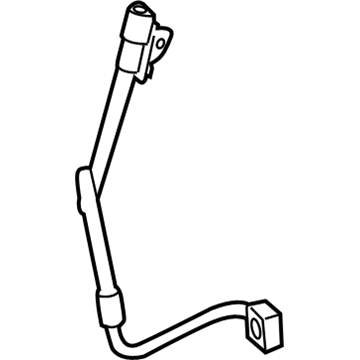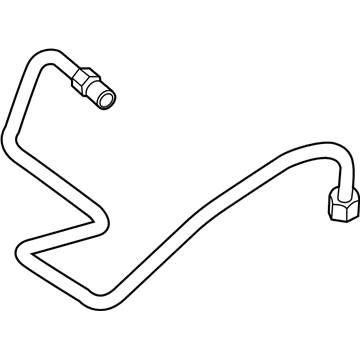
My Garage
My Account
Cart
Genuine Dodge Durango Brake Line
Brake Hose- Select Vehicle by Model
- Select Vehicle by VIN
Select Vehicle by Model
orMake
Model
Year
Select Vehicle by VIN
For the most accurate results, select vehicle by your VIN (Vehicle Identification Number).
165 Brake Lines found


Dodge Durango Tube Assembly-Master Cylinder To HCU
Part Number: 68142305AA$37.51 MSRP: $53.95You Save: $16.44 (31%)


Dodge Durango Tube Assembly-Master Cylinder To HCU
Part Number: 68251912AB$29.59 MSRP: $42.65You Save: $13.06 (31%)
Dodge Durango Tube Assembly-Master Cylinder To HCU
Part Number: 68251917AC$44.27 MSRP: $63.50You Save: $19.23 (31%)

Dodge Durango Tube Assembly-Master Cylinder To HCU
Part Number: 68251912AD$29.59 MSRP: $42.65You Save: $13.06 (31%)Dodge Durango Tube Assembly-Master Cylinder To HCU
Part Number: 68251917AE$44.27 MSRP: $63.50You Save: $19.23 (31%)Dodge Durango Tube Assembly-Master Cylinder To HCU
Part Number: 68251912AC$29.59 MSRP: $42.65You Save: $13.06 (31%)Dodge Durango Tube Assembly-Master Cylinder To HCU
Part Number: 68251917AD$44.27 MSRP: $63.50You Save: $19.23 (31%)Dodge Durango Tube Assembly-Brake Master Cylinder To Ju
Part Number: 5154204AB$37.51 MSRP: $53.95You Save: $16.44 (31%)Dodge Durango Tube Assembly-Master Cylinder To HCU
Part Number: 52124728AF$37.51 MSRP: $53.95You Save: $16.44 (31%)
| Page 1 of 9 |Next >
1-20 of 165 Results
Dodge Durango Brake Line
The Dodge Durango Brake Line is a part of the hydraulic braking system that optimizes the path through which brake fluid travels from the master cylinder up to the brake caliper pistons. The metal brake lines are vulnerable to corrosion, and impact which results in leakage of brake fluids and even brake fluid pressure loss. Brake hoses also wear out not withstanding physical and internal wear to the extent that they compromise brake functions. When replacement is necessary, there are ready-for-use pre bent brake line kits as well as corrosion free stainless steel hoses. Replacing with the braided stainless steel hoses can give a major improvement in the pedal feel, particularly during sport driving.
Looking for affordable and high-quality auto parts? Then you have already arrived at the proper online shop. We offer all Dodge Durango Brake Line at great affordable prices. Moreover, all genuine Dodge Durango Brake Line come with a manufacturer's warranty. In the long run, you would realize you have saved a lot of trouble and money with OEM parts from here.
Dodge Durango Brake Line Parts Questions & Experts Answers
- Q: How Should I Inspect and Replace Brake Hoses and Lines on Dodge Durango?A:Whenever the vehicle is raised and securely supported on jackstands, thoroughly inspect the rubber hoses connecting the steel brake lines with the front and rear brake assemblies for any cracks, chafing, leaks, blisters, or other damage. Use a light and mirror to aid in the inspection. If any hose exhibits such conditions, it should be replaced immediately. To replace a flexible hose, start by cleaning all dirt from the hose fittings. Use a flare-nut wrench to disconnect the metal brake line from the hose fitting, being cautious not to bend the line. If the fitting is corroded, apply penetrating oil and allow it to soak for 10 minutes before trying again. Avoid attempting to break loose a frozen fitting nut, as it could kink the metal line, requiring replacement. Disconnect the brake hose from the frame or bracket by removing the U-clip and promptly plug the metal line to prevent excessive leakage and contamination. Unscrew the banjo bolt at the caliper and remove the hose, discarding the sealing washers. Attach the new brake hose to the caliper, using new sealing washers and tightening the banjo bolt to the recommended torque. Place the end of the hose fitting into the frame or bracket, ensuring it follows the same route as the original one, and secure it with the U-clip. Thread the metal line to the hose and tighten the brake tube fitting nut securely. Check for any interference with suspension or steering components, making adjustments as necessary. After installation, bleed the brakes, check the master cylinder fluid level, and test the brake operation before resuming normal service. When replacing brake lines, use the correct steel parts and avoid using copper tubing. Prefabricated brake lines with pre-installed fittings are available, and when bending a line, use a tubing bender to avoid kinking. Ensure proper support and clearance for the new line in brackets and between moving or hot components. Tighten the fittings securely, check the master cylinder fluid level, bleed the brakes, and test the brake operation before returning to regular use.
Related Dodge Durango Parts
Browse by Year
2023 Brake Line 2022 Brake Line 2021 Brake Line 2020 Brake Line 2019 Brake Line 2018 Brake Line 2017 Brake Line 2016 Brake Line 2015 Brake Line 2014 Brake Line 2013 Brake Line 2012 Brake Line 2011 Brake Line 2009 Brake Line 2008 Brake Line 2007 Brake Line 2006 Brake Line 2005 Brake Line 2004 Brake Line 2003 Brake Line 2002 Brake Line 2001 Brake Line 2000 Brake Line 1999 Brake Line 1998 Brake Line




